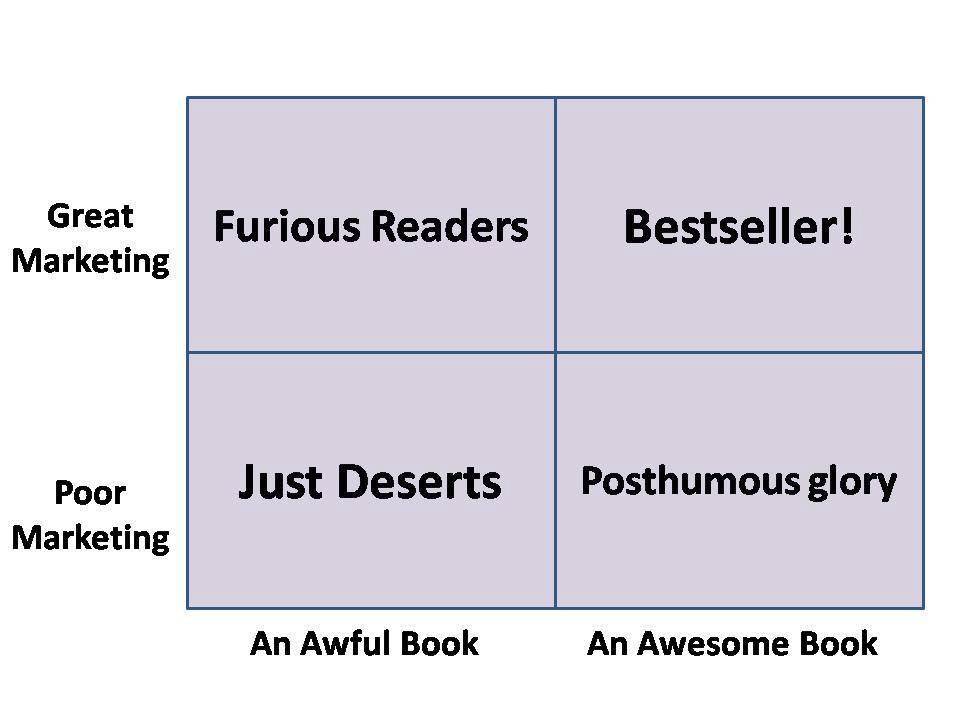Guest Expert: Kevin Cullis
How authors can use Apple technology like the iPad, iPhone, iPod to market their books
While I was writing my book I came upon a tele-seminar with Jack Canfield, author of the Chicken Soup series, who stated that 10 percent of an author’s effort is in writing their book, the other 90 percent is in marketing. Not much difference than any other small business, which means every published author is a business person and marketing is any business’s daily chore.
Marketing is accomplished with print, audio, and video and the combination of Apple’s iLife and iWork is a great one-two punch for any budding author or small business. iLife comes built-in with every Mac and contains iPhoto, iMovie, GarageBand, iWeb, and iDVD and are great marketing applications for authors. For a small price you can buy the Apple office suite called iWork which contains Pages (word processing and page layout), Numbers (spreadsheet), and Keynote (for presentations). To be specific, I wrote both the interior file and created my book’s cover completely in iWork Pages.
Marketing with print, audio, and video.
The three applications that will initially be the most useful to authors are: iMovie which creates video (think video book trailers), GarageBand which creates audio (think audio books, interviews, and podcasts) and music, and iWork Pages which creates print marketing (think PDF files of sample chapters, flyers of book signing). Because of Apple’s tightly integrated operating system and applications there is seamless sharing of the various pieces and types of files to get your marketing campaign rolling.
So now that your book is done, where to begin marketing your book? As the saying goes, begin with the end in mind: where are your readers and how do they want to hear about you? Your book marketing may end up on an iPad, iPhone, iPod, or a Mac. As with any Apple fan boy or girl, they will probably have two or more of them, so you’ll need to tailor your message output to the different devices. Video, audio, and PDFs can be loaded on iPads, iPhone, Mac, and only iPod Touches; the iPod Classic or Nano only video and audio; the iPod shuffle only audio.
Your marketing plan.
The steps to creating your book marketing message for video, audio, and print are:
1. Know who your ideal reader and customer is.
2. Know your product completely. List all the features and benefits of your non fiction books. In the case of books of fiction, tell your book’s hook, “logline” or story without giving away the cliff hanger moments. For fiction writers, skip to #5 and expand on your content in this step, non fiction writer keep reading.
3. Select the benefits that fit your prospect. List all of your features and translate those into benefits for your customer.
4. Highlight Reason #1. Out of all the information above that you have written, you need to rank them and find which one stands out as the biggest reason your customer should buy your book. What’s in it for them?
5. Write your marketing copy. Copywriting is one of the more important aspects of marketing, it’s telling your customers what is great about your book. Getting the wrong words down can hamper your sales, so make sure that you make the right impression to your customer. Write and answer: State the problem your customer faces, who are you and why should they listen to you, what is your product and how does it solve their problem and other benefits, why should they order now instead of later?
6. Finally, write a compelling headline/subject line.
Now that you have created your marketing message, now it’s on to using Apple’s applications to get your message out to your readers. One of the quickest and most efficient way of getting your marketing content into the three formats above is to first plan and then record a marketing video. From an edited video you can extract the audio portion to create an audio file and then send the audio file to a transcriptionist, or do it yourself, to convert your audio file to text. Fortunately, using a standard or HD video camera and iMovie, GarageBand and a good USB microphone, and iWork Pages it’s as easy as pie to accomplish this.
Making iLife and iWork Magic.
Once you have your message and now it’s a matter of recording it and packaging it for your reader’s consumption. Here are some other marketing ideas using a Mac’s tools:
• GarageBand can record interviews, overdub an iMovie audio, or create a monthly podcast of your writing or experiences to upload to your author web site for readers to download.
• iPhoto manages your photos (interviews, book signings) so you can use them in GarageBand, iMovie or Pages or share on your author web site.
• iMovie to create a book trailer or record an author interview and “Share” it directly in iMovie to your YouTube channel.
• Pages creates brochures or flyers of book signings, events, or conferences that you attend and PDFs of any text, including sample chapters of your book downloaded from your web site.
• Keynote creates presentations that you can record audio for and create a final movie or slideshow for your readers.
Ensure that everything you send out has information about you and where to get your book.
To market, to market, to sell my fat book.
Once you have your print, audio, or video message, it boils down to this phrase: Fish where your fish are! If you want salmon, you don’t fish in Colorado Rocky Mountains. Same with books, where are your readers and cast your marketing video, audio, and print message there. If it’s horror, where’s the horror reader’s lair? Romance, find the hottest singles beach. Non fiction, nearest coffee shop with laptops. SciFi, the planet with the biggest conflict. If you don’t cast your line, you won’t catch a fish, get marketing.
“What really decides consumers to buy or not to buy is the content of your advertising, not its form.” David Ogilvy
 Kevin Cullis is a USAF veteran, a business geek and now has become an entrepreneur. He has his Masters Degree in Administration as well as over 12 years of face-to-face experience selling both Macs and PCs to businesses. He loves helping entrepreneurs and small business owners integrate, utilize, and optimize the use of their Mac in their marketing, sales, and business management processes. This combination of both a business and computer perspectives makes him unique in saving and making businesses money using a Mac. How to Start a Business: Mac Version is his first book..
Kevin Cullis is a USAF veteran, a business geek and now has become an entrepreneur. He has his Masters Degree in Administration as well as over 12 years of face-to-face experience selling both Macs and PCs to businesses. He loves helping entrepreneurs and small business owners integrate, utilize, and optimize the use of their Mac in their marketing, sales, and business management processes. This combination of both a business and computer perspectives makes him unique in saving and making businesses money using a Mac. How to Start a Business: Mac Version is his first book..


